Your Appearance throughout Pregnancy and Postpartum
Admiring the Blooming During Pregnancy
Puh… This is a difficult topic for me. Did I embrace all of the body transformations I went through during the pregnancy and after birth? Probably not. Like every other woman, there is no way I’m absolutely satisfied with my appearance. Of course, women’s bodies change throughout the cycle and our perception of our image also depends on hormones. Nonetheless, I am now more comfortable in my body now than I was as a teenager, even though I have gained a lot of weight since then. But still, sometimes I’m highly perceptive to the images that we, women, are bombarded daily through social media, etc. Can we resist them? Can we embrace our bodies as they are and be thankful for what they have created?
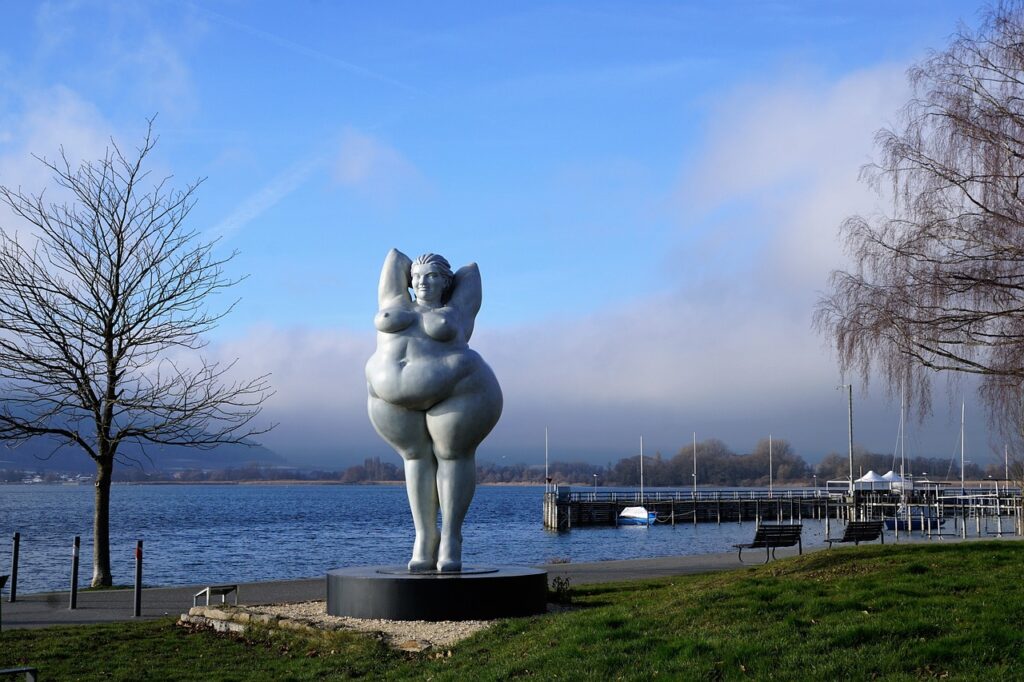
Photo from photosforyou on Pixabay
This post is my attempt to tell you, whether you’re trying to have a baby or already expecting your baby, what is going to happen to your body within a year or so. This is not to scare you but to prepare you for the changes and to give you a chance to accept and maybe fall in love with your new role as a mother since it is literally going to change you in and out.
Breast
The initial revelation on your journey through pregnancy unfolds in the transformation of your breasts. A surge of hormones, notably estrogen and progesterone, flow through your body in much higher amounts than before. Witness your breasts growing in size, preparing for the nurturing role of breastfeeding. Alongside this, a sensitivity emerges, a subtle reminder of the hormonal shifts at play during this period.
I have experienced stretch marks on my breasts. At first, I was a little scared since these stretch marks looked bluish-purple and I was afraid that I could have some vascular problems but my gynecologist (there is no differentiation between OB and gynecologist in Germany) explained to me what it was when I told her about my concerns. With time these stretches became less visible and eventually lost color. What I didn’t expect was that my breasts, especially my nipples, would become so tender. Tenderness stayed with me to this day…
Belly
As your abdomen expands to accommodate your growing baby, the enchanting curve becomes a tangible representation of the incredible nature of reproduction. However, there is a high risk of getting stretch marks on your belly. This often happens if a woman gains a lot of weight within a short period or if she is carrying multiple babies. Stretch marks can also appear if you are genetically predisposed to them. Consider your stretch marks a unique and beautiful badge of motherhood, telling a story only you can narrate. Many women also observe how the so-called Linea Nigra appears right in the center of their belly. It looks like the equator and divides the belly into two “hemispheres,” left and right.
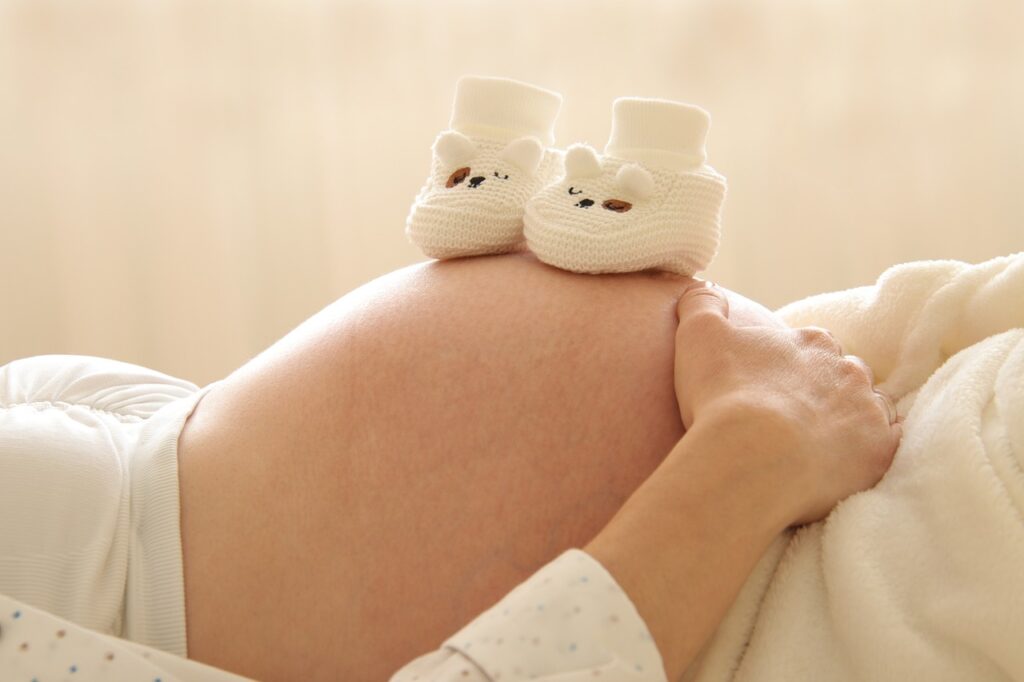
Image by Marjon Besteman from Pixabay
I magically escaped having stretch marks on my belly but as I mentioned before, I have had them on my breasts and I also have some stretch marks on my thighs. They don’t bother me psychologically. Am I surprised? A little. During my pregnancy, I was a little anxious not to get marks on my belly. I didn’t pay much attention to my thighs since I couldn’t examine them properly anyway because of the belly. 🙂
If you take good care of your sin, there may appear less to no stretch marks. There are different products for this purpose but you shouldn’t let these products fool you. Stretch marks appear when one’s skin stretches heavily during a longer period of time. It can help if you keep your skin moisturized using a regular body moisturizer with different kinds of butter and oils.

Skin
Radiant skin! I’m not sure if all of the pregnant women experience it but I have never in my life had this gorgeous skin! Nonetheless, the first month or so I have experienced hormonal acne. As a teenager, I have had nasty pimples here and there, but they never were so painful and big as during the first month of pregnancy. I guess, it was my body adjusting to new levels of hormones. I felt relief when this phase ended and a new, beautiful, and radiant skin emerged.
Hyperpigmentation as another manifestation of shifting hormone levels can appear, but it can be prevented by sunscreen. Hormones make your skin more sensitive to UV rays, so it is important to keep it safe. It is much more simple to prevent hyperpigmentation than to spend money on an expensive treatment. There are so many good sunscreens on the market that don’t leave a white cast on the face and that are mattifying and hydrating. One of the best ones that I have tried are Korean sunscreens but German drugstore options are in the meantime also really good and affordable.
A delightful bonus unfolds as your hair and nails undergo luxurious growth. Elevated hormone levels, particularly the hCG that is also linked to morning sickness, contribute to the flourishing vitality of your locks and the strengthening of your nails. Consider this a radiant reflection of the life blossoming within.
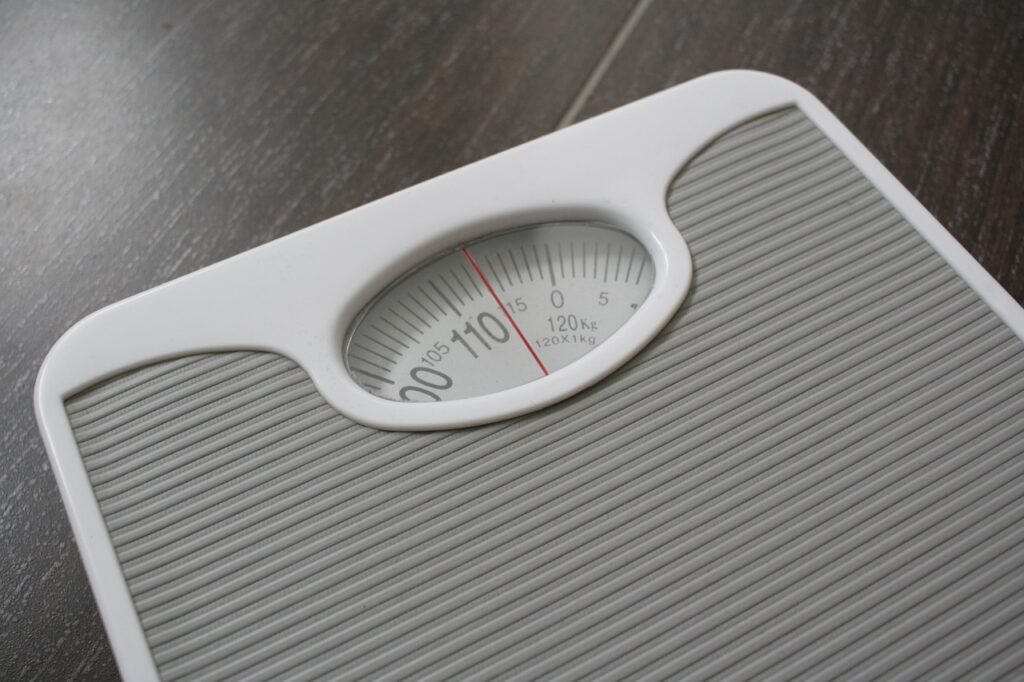
Weight
The inevitable weight gain, though normal and necessary, may not spark the same excitement as other transformations. Nevertheless, your body becomes a nurturing haven, supporting the development of your little one, the placenta, and the amniotic fluid. Moreover, fat is necessary for your and your baby’s health. Of course, being overweight or obese isn’t good and you should discuss your weight gain with your OB or gynecologist. They will provide you with information on healthy weight gain during pregnancy. We all are different, our bodies work differently, and our hormones influence our organism differently, so you should not compare yourself with other women. It is always the best decision to consult a doctor.
photo from Joachim Schnürle on Pixabay
Your cardiovascular system also works differently during pregnancy. Your heart pumps more blood to meet the increased metabolic needs, creating the best possible cooperation between you and your growing baby. It also means that towards the second half of the second trimester, your limbs may swell. I textually experienced extreme swelling of my legs after I gave birth. I couldn’t put on my sneakers when we were leaving the hospital. My feet looked huge.
Increased blood volume also meant warm hands and feet for me. Yes, I’m that type of woman whose upper and lower extremities always freeze. However, during my pregnancy, I mostly wanted to cool down a bit. Ironical.
Relaxin
There is one more big change during pregnancy that is going to stay with a woman forever. I wasn’t happy to hear that this usually happens during the first pregnancy but I was glad that other pregnancies don’t cause it. Intrigued?
Your pelvis and MAYBE (it happened to me) your feet are going to get bigger.
During pregnancy, the hormone responsible for relaxing the ligaments and joints in the pelvis is called relaxin. This hormone is produced by the corpus luteum in the ovaries and later by the placenta. Relaxin helps to loosen the ligaments and joints in the pelvis, allowing for greater flexibility and mobility. This relaxation of the pelvic joints is crucial during childbirth, as it allows the baby to pass through the birth canal more easily.
Since my pregnancy, I often feel my pelvis crack when I am active and move a lot.
I also had to buy new footwear since 99% of my shoes were too small and no, my feet were not swollen anymore. Not every woman experiences foot growth though. 😉
Embracing the Metamorphosis of the Postpartum Period
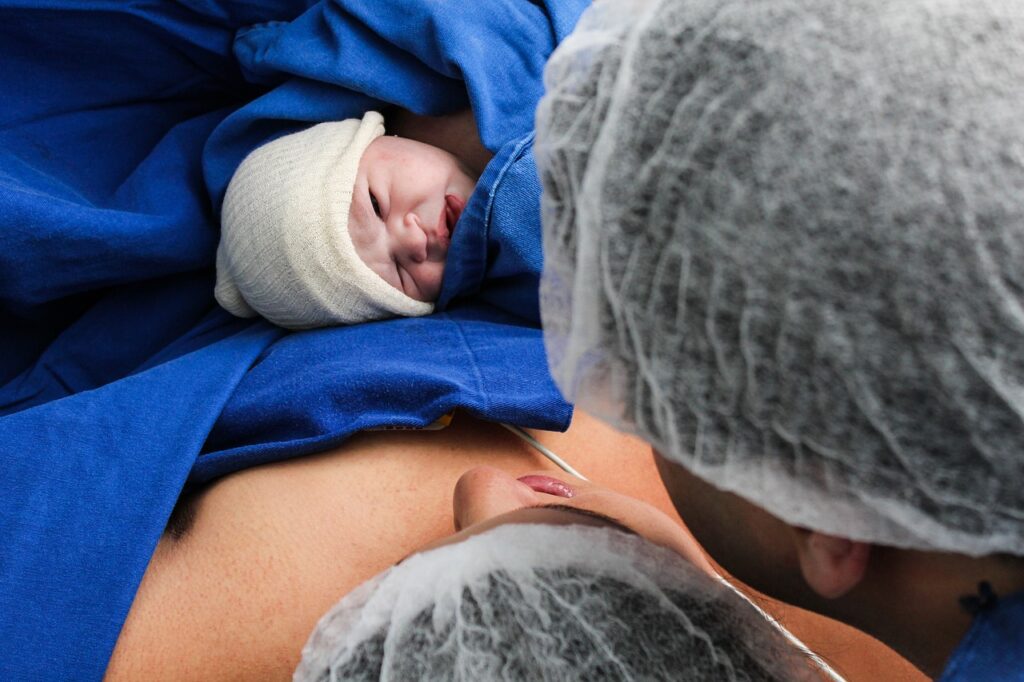
As you transition into the postpartum phase, your body continues its transformation journey, and with it, a new chapter unfolds.
Breastfeeding
Breastfeeding brings about a subtle metamorphosis in your breasts. Hormonal shifts guide them to a new normal, marked by a reduction in glandular tissue and size. Your breasts become softer and eventually change their form. It doesn’t matter whether you breastfeed or not, hormones change your body naturally.
My breasts don’t look like they used to before pregnancy and I hear the same statement from other women in my close circle and from those who share their stories on media platforms. It’s upsetting how beauty standards tell women that their breasts become “saggy bags” after delivering a baby and promote plastic surgery. I’m not against plastic surgery but paying so much attention to women’s bodies definitely affects us, even if we think rationally and try to accept our natural forms.
Postpartum Bleeding
Before the return of your menstrual cycle, you are going to bleed for weeks.
The bleeding that occurs after a woman gives birth is known as postpartum bleeding or lochia. It is a normal and natural part of the postpartum recovery process. Lochia consists of blood, tissue from the lining of the uterus, and mucus.
There are three main stages of lochia:
- Lochia Rubra: This stage typically lasts for the first few days after childbirth. Lochia rubra is characterized by bright red bleeding, similar to a heavy menstrual period. It contains a significant amount of blood and tissue from the uterus.
- Lochia Serosa: Following the lochia rubra stage, lochia serosa usually begins around day 4 or 5 after childbirth and can last for up to two weeks. Lochia serosa has a pinkish-brown color and contains fewer red blood cells. It consists mainly of serum, mucus, and leftover blood.
- Lochia Alba: Lochia alba is the final stage of postpartum bleeding, typically occurring around two weeks after childbirth and lasting for several weeks. This stage involves a whitish or yellowish discharge and consists mainly of mucus, leukocytes (white blood cells), and other cellular debris.
The duration and intensity of postpartum bleeding can vary from person to person. Generally, it gradually decreases over time as the uterus heals and returns to its pre-pregnancy size. However, it’s essential for new mothers to monitor their postpartum bleeding and report any concerns or abnormal symptoms to their healthcare provider.
Want to read more on postpartum bleeding, check the Glamour article here.
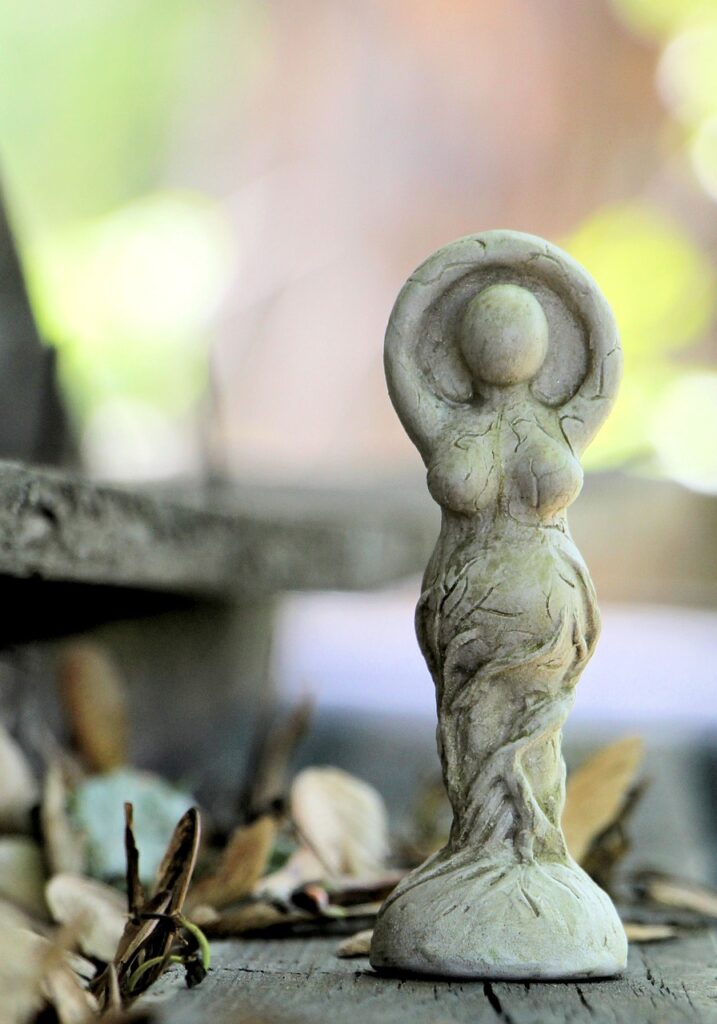
Abdomen
The postpartum period causes changes in your abdomen as well. The uterus contracts, reverting to its pre-pregnancy size, and for some, a separation of abdominal muscles, known as diastasis recti, may occur. Consider this a reminder of the profound changes your body underwent to bring new life into the world.
Diastasis, if occurs, may be diminished by specific exercises or completely removed during a surgery.
Hair Loss
Bid farewell to the excess hair gained during pregnancy as hormone levels return to normal. Postpartum hair loss becomes a temporary phase, marking a transition in your hairstyle. Don’t panic, you had so much hair because during pregnancy, elevated levels of estrogen and progesterone, contribute to prolonged hair growth.
Photo from H. Newberry on Pixabay
These hormonal changes during pregnancy create an environment conducive to healthy hair growth. As a result, many pregnant individuals experience thicker, more lustrous hair during pregnancy. However, it’s essential to note that these effects may vary from person to person, and some individuals may not notice significant changes in their hair during pregnancy.
Do not be stressed by the hair loss. It is not permanent and certainly not due to some deficiency. It is your hormones returning to normal levels before pregnancy and the hair, which was growing for a longer period than usual, is now falling out. You will notice a lot of baby hair within the next months. Yes, it looks ridiculous but your hair is going to look normal eventually.
In conclusion, the physical changes during pregnancy and postpartum are the footprints of a profound and beautiful passage into motherhood. Each stretch mark, every tender moment, and all the fluctuations become part of your unique story. Try to embrace the transformations, for they are the visual evidence of your incredible journey. Sometimes I look at my daughter and think how could I bring a whole new human into this world?! This is incredible, she is incredible, I am incredible!

Photo from Shannon Lawford on Pixabay
If you are expecting a baby a don’t know what you need to get for your fresh baby, consider checking this post – What Equipment does my newborn need?
Good Luck!